Lyricist Sheldon Harnick talks Fiddler on the Roof
“In April, I’ll be ninety-two years old, and at that age, to even have one show open on Broadway would be a blessing—to have two is spectacular,” remarked Sheldon Harnick, Broadway Lyricist of Fiddler on the Roof and She Loves Me.
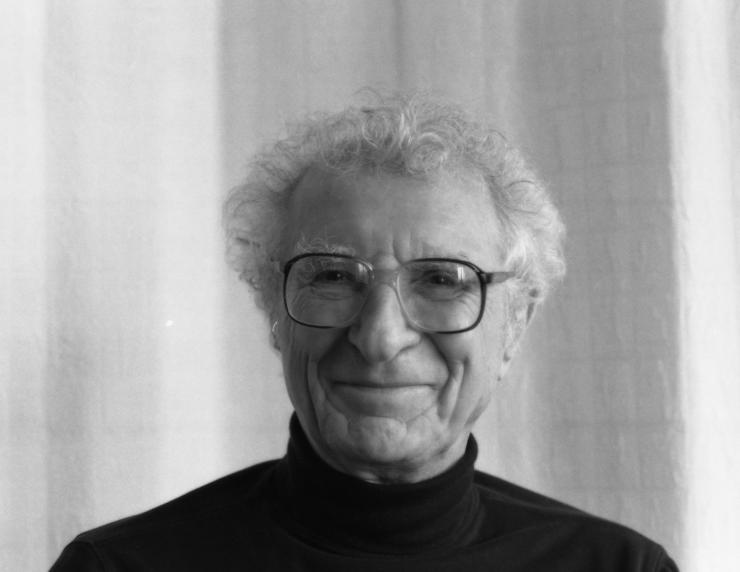
With flying sets, inventive dancing, and songs like “Tradition,” and “Sunrise, Sunset,” the most recent revival of Fiddler on the Roof keeps all the heart of the original production. In the changing world of Broadway, it’s astonishing that She Loves Me and Fiddler on the Roof—which had their original productions in 1964—are back on Broadway again in 2016.
Fiddler on the Roof has a book by Joseph Stein, music by Jerry Bock, and lyrics by Sheldon Harnick. Harnick said of working with Jerry Bock,
Once we knew what the project was, we would go into our respective studios and begin to work, and then Jerry would begin to write melodies. When he had written anywhere from eight to twelve or fifteen melodies, he would record them on a tape and he would send me the tape...That was the way we always started to work.
With raised cheeks, Tevye introduces his family and townspeople. Raising his arms, he sheds his message of tradition to his people. While he must toil, he also must tend—to the land, to his family, and to the sentiments he shares with God. Speaking directly to the heavens, Tevye considers Anatevka, their homeland and their heartland, a living, breathing place where tradition is everything.
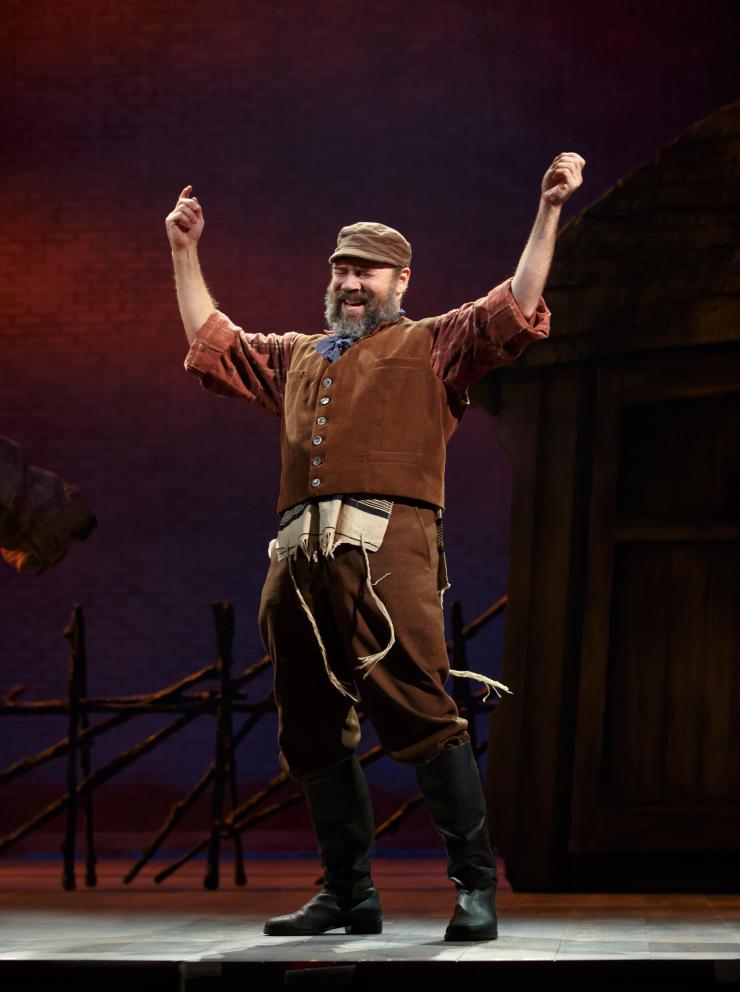
Harnick reflected,
I think the people who live in Anatevka, in a way, are universal. I know that there are many religious people in America. Nevertheless, I think of America as much secular as it is religious. I think of Anatevka as a place that was more religious than secular—they were very devout. I think that’s a difference.
There have been revivals of Fiddler on the Roof on Broadway in every decade since its original production. While some things change, so many things stay the same. The costumes—complete with head scarves, long black coats, and prayer shawls—bring us into the world of Fiddler, set in the Ukraine right after the turn of the century. Anatevka is carefully knit together with papas, daughters, and sons. In his small home with his wife, Golde, and five daughters, Tevye holds his ground—on his land, in the bar, and at the wedding hall—and keeps his values and his notion of progress. Steeped in metaphor, Anatevka is not only a world based on survival. Tradition is celebrated, and tradition is revoked.
There have been revivals of Fiddler on the Roof on Broadway in every decade since its original production. While some things change, so many things stay the same.
The new production is a feat in staging from Director Bartlett Sher, who recently directed Broadway’s The King and I. Actors seem to appear from beyond a horizon. Stone and wood houses fly—always seeming to be just above the heads are the performers. A fiddler, dressed in purple, is hoisted high in the air. Dancers float across the stage, their shiny black coats whirling in mysticism. Like birds in a flock, twirling in low levels and high, the men perform acrobatic feats. They dance as though they are summoning their energy, gaining the strength, and soaring to impress.

Every high kick and stomp is seen by the women during the bottle dance. Lines are formed—the men have the men, and the women have the women. A rich man, hoping to marry the oldest daughter, is shunned when she wants to marry the tailor, Motel, played by Adam Kantor. Under the chuppah, the young couple are surrounded with friends and family on their marriage day. Five time Tony Award nominee Danny Burstein is charming, always with a partial smile on his face. Burstein (Cabaret, Golden Boy, Follies, South Pacific) carries a lightness with this show; with a musical theatre and Metropolitan Opera background, he brings dimension to Tevye.
We find the joy and wrath later in the musical, as custom is tested. The crux of the drama revolves around the marriage of the third daughter. Tevye curses the union. Bearing the wrath of God like Moses, he absolutely shuns the possibility of a union. This news from his third daughter is crushing. The characters in the play struggle with who they are allowed to love as they look ahead to the new world.
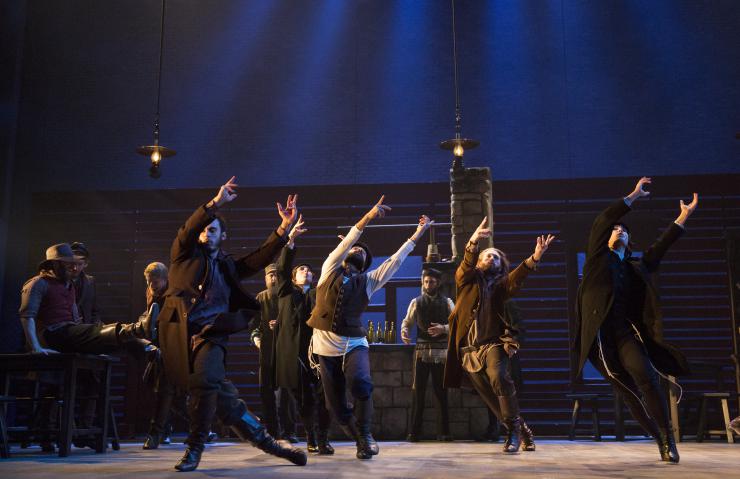
Tevye is asked to leave Anatevka. With a flock of townspeople by his side, circling with their pots, pans, and other belongings, they ask who will continue to honor their homes, and who will continue with their traditions.
So, what makes it different than the 1964 production? Harnick replied,
The only way it feels different to me is in seeing the different actors, because actors always bring something a little different. The scenic look of the show is different, of course, too. Aside than that—the scenes are the same, the songs are the same. The choreography is quite different. Everything I have seen in the past uses Jerome Robbins’ choreography. This production, of course, uses choreography by the Israeli Choreographer Hofesh Shechter.
When we look at pop art and folk art in the theatre of the 1960s, it’s impossible to deny the success of Fiddler on the Roof and She Loves Me. Although it’s set around 1905, the production seems timeless, and maybe it’s songs like “Matchmaker, Matchmaker” or “If I Were a Rich Man” that give Fiddler on the Roof its enduring appeal.
Harnick said,
I think of the musicals that I have written—Fiddler on the Roof and She Loves Me are probably the best of them…All of the musicals that I’ve written have had characters in them which are three dimensional human beings, and I think that a good production of any one of them would work today, because the people are so real. I don’t worry about that. I just worry about finding a producer that would take a chance on them.
In the mid-1960s, Broadway was not filled with rock operas, orchestrated with blaring guitars or synthesizers. With the great MGM musicals in the not so distant past, musical theatre artists echoed society while commenting on it. Folk stories (those of Sholem Aleichem and others) were rivaled against the movies.
Harnick said, “The style of music is different. There is a lot more contemporary music being written along rock lines.”
When we look back to the original productions in 1964, it’s great to remember the songs and the music, as written. Over one hundred fans welcomed the release of the new Broadway cast recording of Fiddler on the Roof on March 18 at Barnes and Noble in New York City.
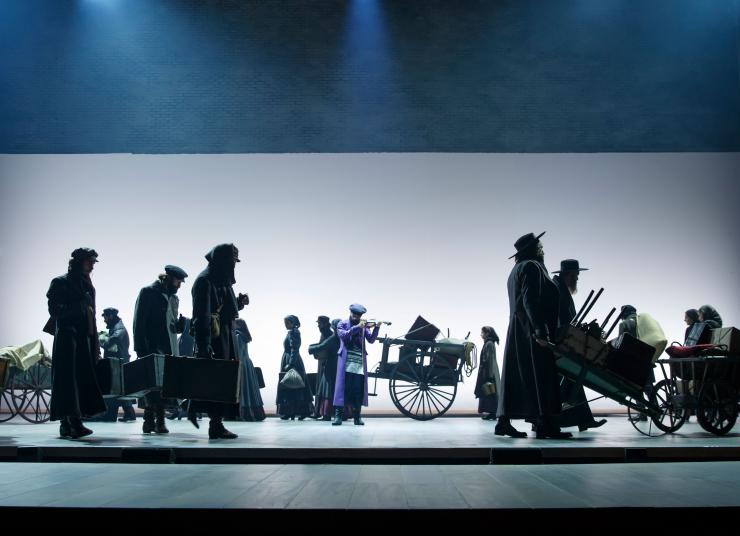
For Sheldon Harnick, the work certainly continues. Harnick has written lyrics for a new One Act opera about Lady Bird Johnson, commissioned by Texas State University. Meanwhile, both She Loves Me and Fiddler on the Roof will continue on Broadway.
Harnick confessed, “If I could change the world, I certainly would, but there’s nothing glaring in the theatre that I would particularly want to change.”

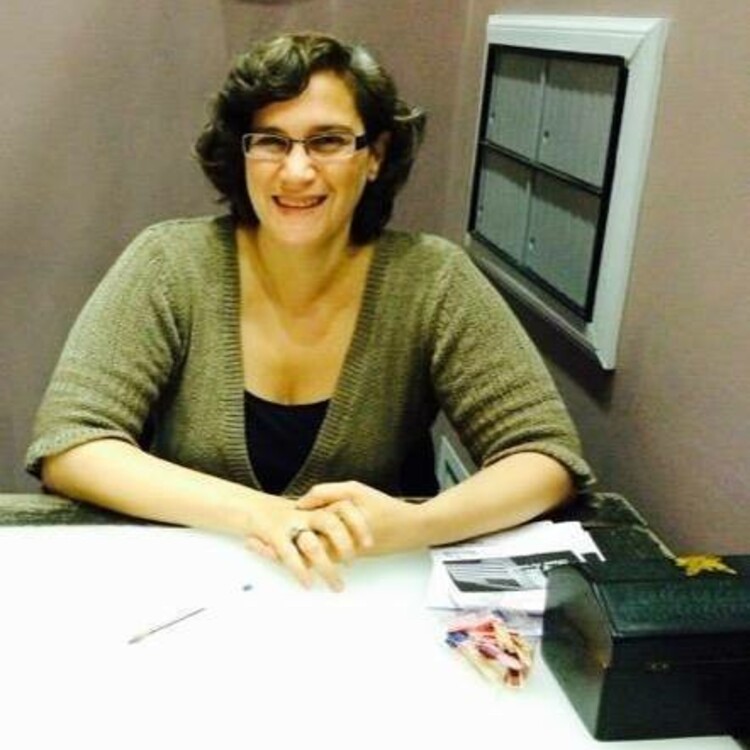
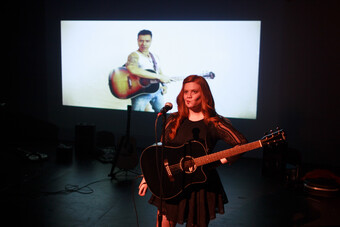

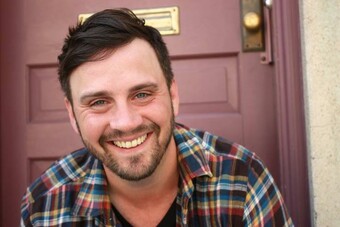

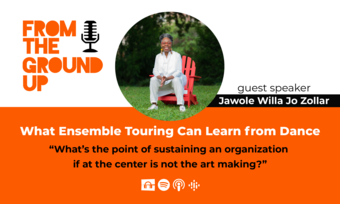


Comments
The article is just the start of the conversation—we want to know what you think about this subject, too! HowlRound is a space for knowledge-sharing, and we welcome spirited, thoughtful, and on-topic dialogue. Find our full comments policy here
Even though "She Loves Me" and "Fiddler on the Roof" are two of my all-time favorite musicals, I had no idea I would be so moved by the ending of this interview, which (slightly modified) so vividly expresses my own heart:
"I hope to change the world [for the better], but there’s nothing in the theatre that I would particularly want to change.”